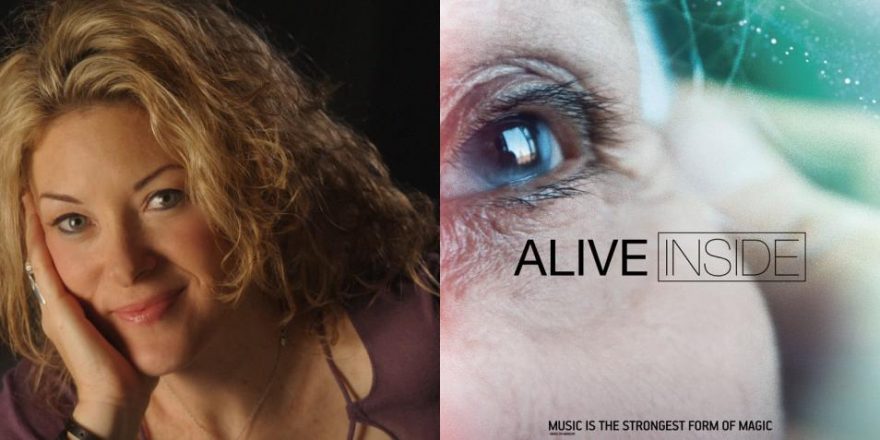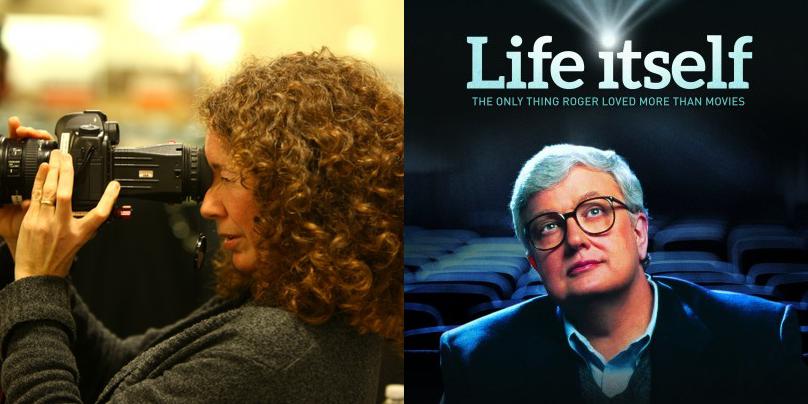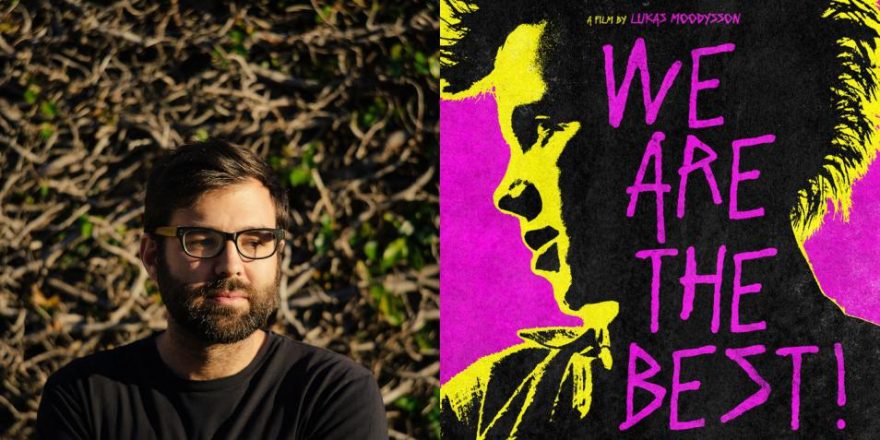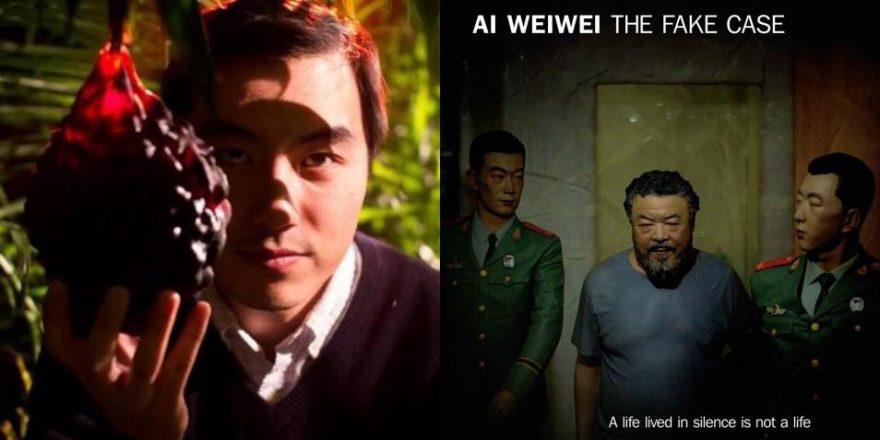I’ve always thought music to be the most powerful art form. People look at me quizzically because it’s an odd statement for a filmmaker to make. I’ve always noticed the subliminal power of music, how a song can come into our head without us even knowing how or why, and we know the lyrics, though we have never consciously studied them. I even made a series about it for VH1 in 2000 called Sound Affects. People would share a pivotal moment in their lives — going to war, divorce, their first kiss, the loss of a loved one — and how a particular song or album played a crucial role in that experience. The stories were endless. Everyone in America had at least one story to tell, and I noticed that as they got to the part of the story involving the song, they became emotional and sometimes revealed far more than they had planned to share.
If the 250-plus people I interviewed for my series had met social worker Dan Cohen, who is the subject of Michael Rossato-Bennett’s phenomenal documentary Alive Inside, they would have walked away with a $40.00 iPod with a personalized playlist. For the five million people in America with dementia, this would be the only thing that could unlock those same memories and give them any hope of an identity. It turns out that the parts of the brain that respond to music are not as severely affected by dementia. Music records itself in the brain, and the only thing that can unlock a person’s brain is music they have cherished and that really means something to them. Music creates a pathway to reach people who are otherwise unreachable and Alive Inside, in so beautifully capturing the magic of Dan Cohen’s work, proves beyond any doubt its power.
This past January I met Michael at Sundance, where he went on to receive the Audience Award only days later. We were participating in a panel about music rights in film, and now that I’ve seen Alive Inside I realize just how intrinsic the music is to the story, and how impossible it would have been to complete the film without all of those songs!
It becomes clear in watching the film why Rossato-Bennett says that what started as one day of shooting for his friend Dan turned into three years of filming, along with editing in his bedroom — which, he confided to me at Sundance, quite understandably tested the patience of his wife. Dan Cohen witnessed music’s miraculous ability to stimulate memory in Alzheimer’s patients and he determined to infiltrate America’s opaque and calcified big business of nursing homes, and one by one bring its lost patients inside the magic of music.
Alive Inside opens with a 90-year-old woman apologizing that she can’t remember the most basic biographical details. Rossato-Bennett, off screen, places a set of headphones on her head and presses Play. We are transported, through Michael’s artful editing and the use of archival material and Super 8 film, into the mind and spirit of this woman as the details come flooding back. It’s jaw-dropping stuff. It’s so uplifting and moving to see this woman come alive, and become whole, as she hears the music of her youth. As she tells us about her past, it feels as if a treasure trove has been opened up. One can’t help but imagine, as patient after patient takes us into our history from their unique and personal perspectives, a world where we could learn from these elders instead of making them disappear….
One man is pictured as he checks every door for an exit, and says that he has been in for just a few days, when it’s in fact been five years. He’s one of the few we see with some fight in him. Having withdrawn inside themselves, many of the others sit in a vegetative state. They look like the living dead. Rossato-Bennett tells us that less than half of the patients in long-term care facilities receive any visitors, and most are heavily sedated.
One of the many articulate speakers in the film points out that as we witness such dramatic transformations in the patients as the music first plays — from catatonic to dancing within 60 seconds — we can’t help but realize that their starting place is so tragically isolated. We are locking our elderly away in solitary confinement, when their only crime was getting old. Our hearts break to witness the way we treat our elderly, and see how we ourselves may be treated one day.
We meet the wondrous, kind-spirited people who show up and care for these people every day, who try to talk with their patients and massage them, often receiving no response. These caretakers are also caught up in the system. I was reminded of my forays into prisons to make my first films, and the tragedy I witnessed of people on both sides, inmates and guards, trapped in a woefully broken system. I felt so grateful to be able to capture their stories and convey them to people outside the prison walls. I felt like I was freeing a part of them, their voices. Dan Cohen is doing that and more as he spreads custom playlists and iPods to more than 650 nursing homes in the United States. He is also proving, with patients who still live at home and have some of their mental capacity intact, that music can help them remain functional much longer. It doesn’t only awaken the memory associated with a single song, it opens up the brain, and much more comes to life.
If a $40 iPod and someone to make a playlist is all it takes, why doesn’t every patient in America have one? Why is there resistance? Why does this program need to be spearheaded by a single individual, outside the system, who has to raise money independently and ask for donations of old iPods as his film opens in theaters? Whatever the reasons, Alive Inside is a mixture of emotion, data and irrefutable on-screen evidence compelling enough to inspire sweeping change.
As a citizen and a human being, I am ready to do whatever Cohen and Rossato-Bennett say needs to happen to make this program a reality for those five million people who are forgetting where they came from, or how to use an elevator. We don’t want to lose them, and we don’t have to. As we watch this film, we put ourselves in their shoes (and that’s great filmmaking). For what are we but the sum of our choices, and of the people we have touched, of the things we have done. Who are we when we can’t remember any of that anymore?







